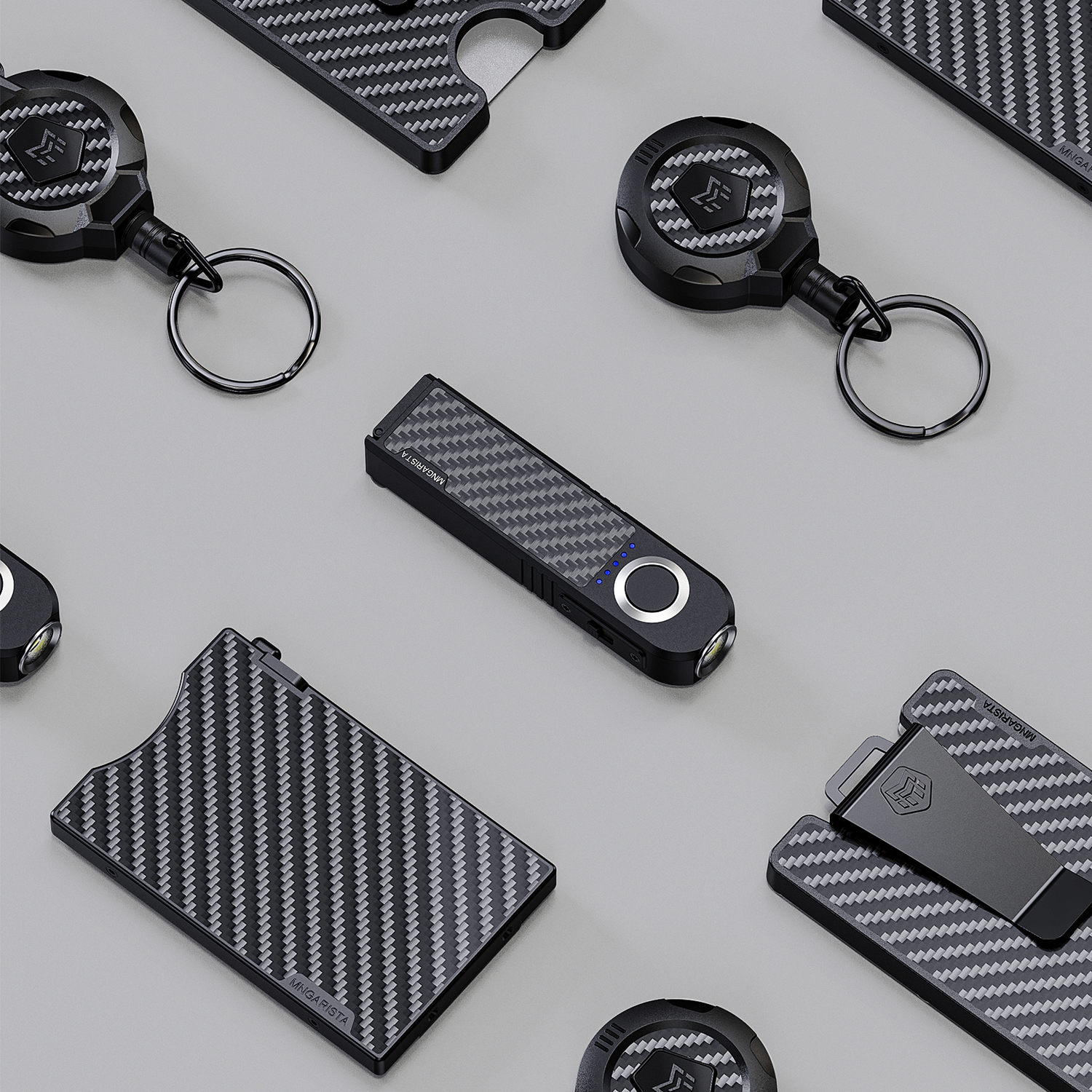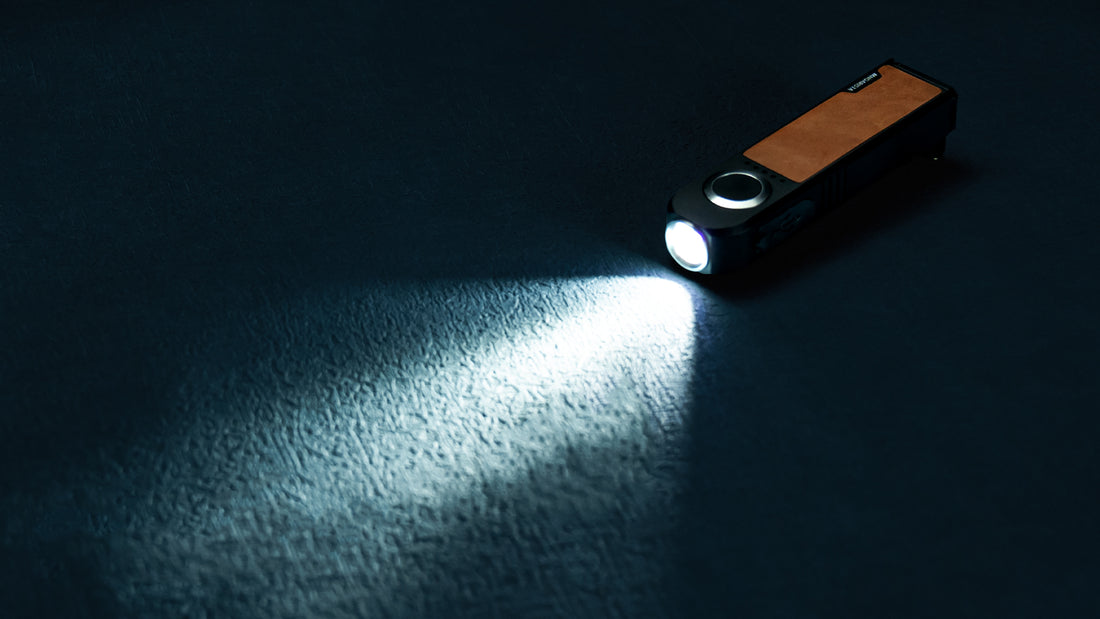Introduction
Flashlights are common tools in our daily lives, essential for outdoor adventures and everyday illumination. However, there is a significant difference in brightness among different flashlights. In order to standardize manufacturing practices for businesses and facilitate user understanding, a set of standards called "lumens" has been established. This article will delve into the concept of flashlight lumens, providing a better understanding for readers and offering convenience in the flashlight selection process.
Definition of Lumen
In simple terms, a lumen is a unit used to measure the total luminous power of a light source, considering all wavelengths of visible light. Unlike traditional watts, lumens more intuitively reflect the brightness of a light source, making it one of the standards for measuring flashlight brightness. Brightness is the subjective perception of light intensity, while lumens represent the total amount of light radiated by the light source. Understanding this relationship allows us to better choose flashlights that meet specific needs. For example, flashlights with different lumen levels may have varying applicability in outdoor activities or emergency situations. In outdoor activities, high-lumen flashlights can provide greater illumination distance, ensuring safer and more convenient experiences in activities like hiking and camping. Simultaneously, in emergency situations, high-lumen flashlights can be used for search and self-defense, providing users with enhanced safety.
Lumen and Flashlight Technology
Modern flashlights use LED technology, which significantly impacts lumen output. LED technology not only increases flashlight brightness but also extends battery life. The three main factors influencing lumens are the efficiency of the LED light source, battery capacity, and the design of the flashlight's lens. An efficient LED light source provides higher brightness, higher battery capacity results in greater brightness, and different lens designs affect the distribution and focus of the light beam, consequently influencing the flashlight's brightness and illumination distance. When choosing a flashlight, users should pay attention to key parameters such as the brand and model of the LED light source, battery type and capacity, and lens design to meet practical needs. Additionally, proper use of brightness levels, regular maintenance, and avoiding excessive use are crucial for maintaining flashlight performance and lifespan.
Lumen Standards
Different types of flashlights adopt different lumen levels based on their design and intended use. To ensure the accuracy of flashlight lumens, a series of testing methods and industry standards have been established to provide users with reliable performance information. Lumen testing methods include sphere photometry, integrating sphere testing, and photometer testing. Some common industry standards include:
- ANSI/NEMA FL1 Standard: Developed jointly by the National Electrical Manufacturers Association (NEMA) and the American National Standards Institute (ANSI).
- IEC 60825 Standard: Developed by the International Electrotechnical Commission (IEC), primarily focusing on the safety of laser products and including general requirements for light radiation and measurement.
- CIE S 017/E Standard: Published by the International Commission on Illumination (CIE), providing general guidance on luminous flux, luminance, and radiance measurement.
- ISO 7589 Standard: Published by the International Organization for Standardization (ISO), providing guidelines for flashlight lumen measurement, including requirements for testing equipment, environmental conditions, and measurement procedures.
By adhering to these testing methods and industry standards, manufacturers can provide consistent and accurate information on flashlight lumens, offering consumers reliable performance references. When purchasing flashlights, paying attention to whether the product complies with these standards helps ensure the accuracy of the product's performance and lumen values.
Common Lumen Modes
Flashlights are typically designed with multiple brightness modes to meet the demands of different usage scenarios. Here is a common classification of flashlight lumen modes:
Low Mode:
- Lumen Range: Approximately 1 - 100 lumens
- Applicable Scenarios: Suitable for situations where maintaining visual adaptability in the dark is necessary, such as reading, night navigation, and scenarios requiring low-intensity lighting.
- Brightness Description: Gentle and soft light, similar to moonlight brightness, sufficient for basic illumination without being harsh. It provides a warm and intimate feeling, like faint fireflies illuminating pages without causing eye strain.
Medium Mode:
- Lumen Range: Approximately 100 - 300 lumens
- Applicable Scenarios: General outdoor activities, such as camping, night walks, and work illumination.
- Brightness Description: Bright and comfortable illumination, enough to light up the surrounding environment, providing strong visibility. Similar to the gentle light of moonlight, bright enough to see distant paths, creating a serene and comfortable outdoor atmosphere that instills a sense of security.
High Mode:
-Lumen range: approximately 300 - 1000 lumens
-Applicable Scenarios: Narrow spaces that require a more intense light source, such as jungle exploration, night search, emergency rescue and other special occasions.
-Brightness Description: Intense and concentrated beam of light, in a certain space, can provide strong penetrating illumination. It is like a strong spotlight, making the space a bright one.
Turbo Mode:
- Lumen Range: Approximately 1000 lumens and above
- Applicable Scenarios: Tasks requiring extremely high brightness, such as wilderness exploration, safety inspections, search and rescue operations.
- Brightness Description: Extremely bright beam of light, quickly illuminating a large area, very intense. Like a radiant sunlight suddenly shining in the dark, instantly lighting up a vast area, possessing strong penetration, giving the feeling of breaking through the darkness in an instant.
Special Mode Settings:
Strobe Mode:
- Mode Description: Fast, regular, and intense flashing light, used to attract attention or respond to emergency situations.
- Similar to jumping stars decorating the night sky, attracting attention and suitable for creating conspicuous signals in emergencies.
SOS Mode:
- Mode Description: Similar to an SOS signal in the dark, sending out a rescue call with regular flashes, creating a sense of urgency and order.
Conclusion
It is hoped that this article will help readers gain a clearer understanding of Lumen. In the subsequent purchasing process, considering factors such as usage scenarios, brightness requirements, and portability will ensure that the selected flashlight meets practical needs. When using the flashlight, choosing the appropriate lumen mode based on specific scenarios and personal preferences will result in the best lighting effects.


